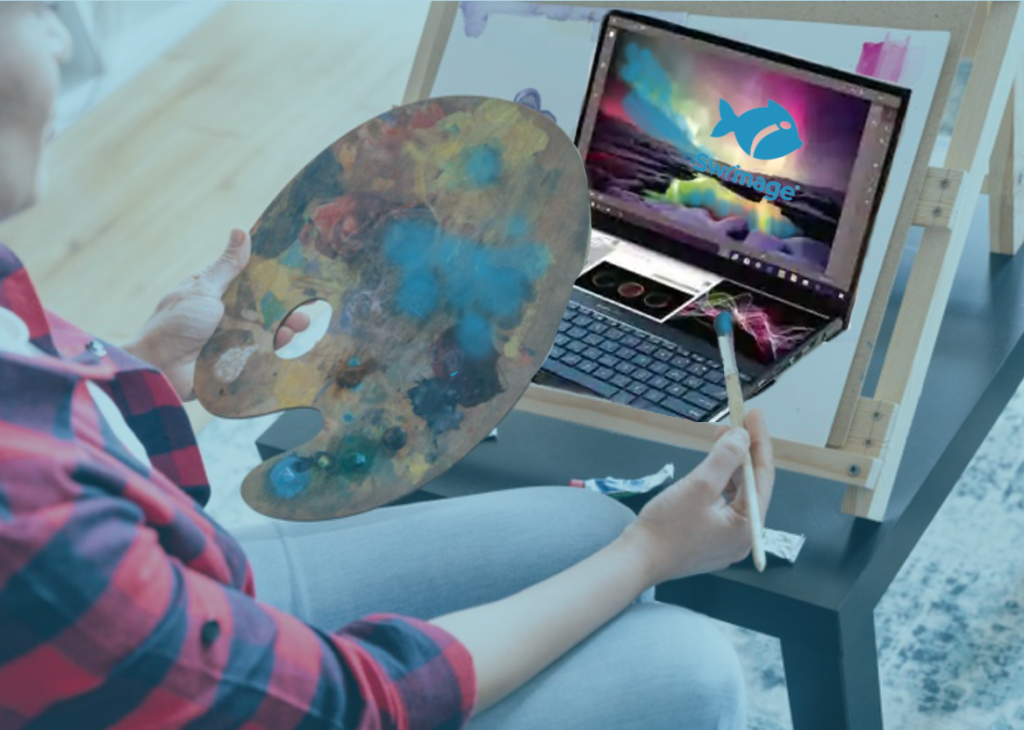PC Provisioning Engine
The Art of PC Provisioning

Provisioning a PC is a task necessary to define how a PC will be deployed.
Good PC provisioning ensures that the device is set up properly, has all the correct configurations and desired applications, is ready for the employee to do their job, and allows for the device to be managed well by IT.
If a PC is provisioned poorly, the device may not have all the configurations and applications needed, could have security issues, and could be useable by the employee without additional IT support post deployment. This scenario adds enormous costs to the deployment for both the employee (downtime) as well as IT (additional touches to the device).
The Swimage PC Provisioning Engine has three primary objectives:
- Ensure that the PC has all components it needs when complete
- Provide flexibility to handle any provisioning scenario
- Simplify the provisioning process
Future State
Every managed PC is assigned a “Future State” by Swimage before a deployment may occur. The Future State defines exactly how the PC will be deployed. A valid Future State will have the minimal components necessary to complete a full deployment without any issues.
Components assigned to any given Future State may be obtained from a number of sources. Multiple sources assigned to the same Future State will automatically be prioritized and added to give you the desired results.
Future State sources may be any combination of the following:
- Roles
- Templates
- Static Assignment
- Dynamic Assignment

Dynamic PC Configuration with Layering Templates
One Role is required for every Future State. A Role has all the base components needed to do a successful deployment at a minimal level.
Templates are optional and can be stacked to further define a PCs configuration. Templates are designed as layers to the Future State. Based on the scope of the template, some template settings can be set to override others. This is very similar to the way AD group policies work. Global defaults can be configured; but as more individualized templates are added, they can override the defaults, further specializing the build. There is no limit to the number of templates a single future state can have assigned.
As an example, you can have multiple templates assigned to a single Future State, such as a “Germany” template, a “Finance” template, and a “Remote Worker” template. The combined templates will ensure the PC is assigned the right language with all finance applications, and the proper security and VPN required for a remote worker. Any combination of roles and templates will allow for flexible configuration, while making assignments very easy to maintain.
Static assignments can be used as one-offs when a template does not quite address the requirements for a specific employee. For example, maybe an employee also needs “Project” installed out-of-band. A static assignment in the Future State will ensure this application is installed.
Dynamic assignments are based on pre-defined rules that are assigned at the time of deployment. This may include things such as PC naming conventions, OU assignments, and application installations. Dynamic assignments can be overruled with a static override whenever needed. The exception is that hardware driver assignment is always based on the targeted hardware model and device IDs, which makes hardware driver injection completely automated.
Deployment Provisioning Components
Swimage allows for all of the components that make up all PC configurations to be managed through a single, easy to use portal.
These deployment components include items such as:
- Operating Systems
- Custom Images
- PC Naming Rules
- Data Migration Rules
- Application Matching Rules
- Disk Formatting Rules
- Custom Scripts
- Registry Punches
- OEM Settings
- Security Policies
- Domains
- Organizational Units
- Device Hardware Drivers
- Patches
- Windows Features
- Applications

